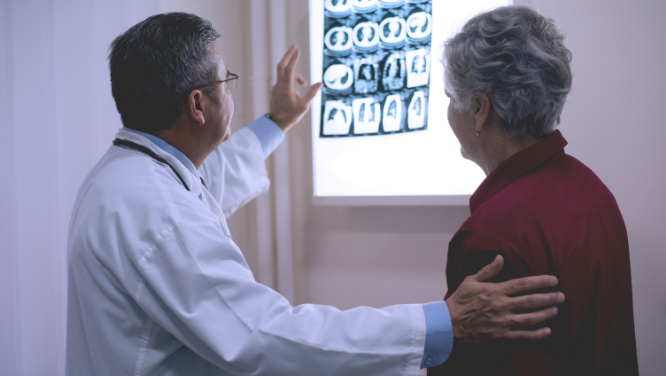Monday, 21 August 2023
Knee Pain Should Not Be Ignored
Our experienced surgeons at the Orthopaedics and Traumatology Center offers world-class orthopedic care and treatments with state-of-the-art equipment and technology. We provide services in diagnosis, treatment and rehabilitation of musculoskeletal system diseases.
Specialized treatments offered at our center;
Dedicated to treating orthopedic oncology patients..
We treat a high number of orthopedic oncology cases each year; providing excellent care for benign and malignant bone and soft tissue tumors and metastatic lesions. Within the multidisciplinary approach to treat cancer patients, our surgeons coordinate treatments with radiologists, pathologists, medical and radioation oncologists.
Orthopaedics and Traumatology Center
Prof. Kenan Keklikçi
Orthopaedics and Traumatology Center
Prof. Selim Şanel
Orthopaedics and Traumatology Center
Assoc. Prof. İbrahim Akmaz
Orthopaedics and Traumatology Center
MD. Surgeon Barbaros Hayrettin Uzuner
Orthopaedics and Traumatology Center
MD. Surgeon Davud Yasmin
Orthopaedics and Traumatology Center
MD. Surgeon Mehmet Taner Özdemir
Videos
All videosOmuz sıkışması nedir? - Prof. Dr. Selim Şanel - NOW TV
Omuz sıkışması nedir? - Prof. Dr. Selim Şanel - NOW TV
Spor Yaralanmaları - Dr. Mehmet Taner Özdemir - Show Tv
Arstroskopik Cerrahi Nedir? - Prof. Dr. Kenan Keklikçi - FOX TV
Diz Ağrıları ve Tedavi Yöntemleri Hakkında Merak Edilenler - Canlı Yayın
Kemik Kanseri Nedir? Kemik Kanseri Belirtileri Nelerdir?

We listen to your opinions and suggestions to further enhance our service quality.

You can fill out the form to get a second doctor's opinion on the results of your tests, the diagnosis of your illness, and the treatment options we offer you.

You can receive the healthcare services you need at your home. Please fill out the form for home healthcare services.
Featured Articles